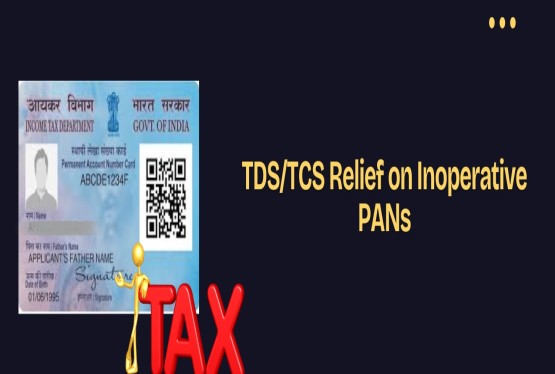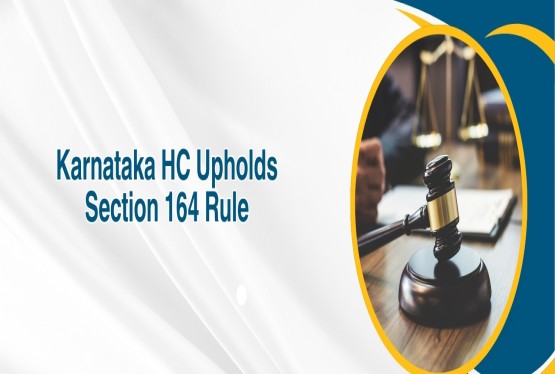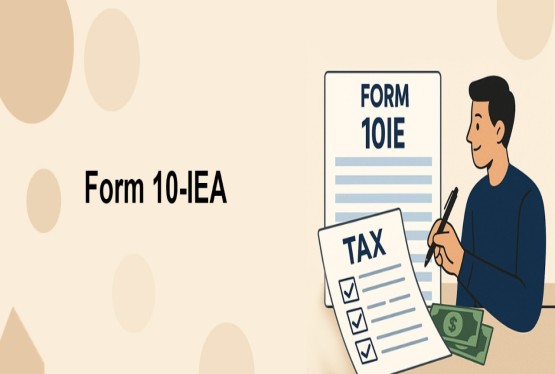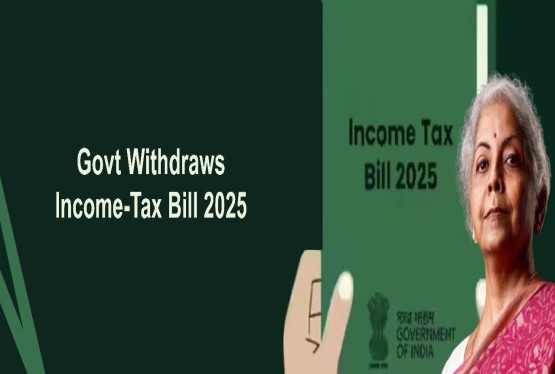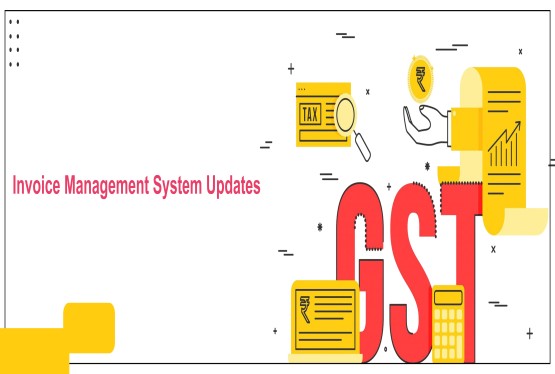GSTR 9C is an important compliance form under the Goods and Services Tax (GST) regime in India. It acts as a reconciliation statement between the data declared in the annual return form GSTR-9 and the audited financial statements of a taxpayer. The form ensures transparency and accuracy in the financial reporting of GST-registered businesses whose annual turnover exceeds a certain limit. In this article, we explain the GSTR 9C in detail, including its applicability, filing due date, format, recent changes, and more, using easy-to-understand language.
What is GSTR 9C?
GSTR 9C is a reconciliation statement that bridges the differences between the annual returns filed in GSTR-9 and the taxpayer's audited financial statements. It is filed annually by taxpayers whose aggregate turnover exceeds Rs. 5 crore in a financial year. This form helps the tax authorities verify the correctness of the data submitted in monthly and quarterly GST returns by comparing it with audited books of accounts.
GSTR 9C includes details such as gross turnover, taxable turnover, tax paid, and input tax credit (ITC) claimed, all reconciled between GST returns and financial records. It is a self-certified form, and taxpayers must submit it along with their GSTR-9 and a copy of their audited annual accounts.
Applicability of GSTR 9C
GSTR 9C is applicable to every registered person under GST whose turnover exceeds the prescribed limit in a financial year. According to CBIC Notification No. 30/2021 dated 30th July 2021, the threshold for applicability of GSTR 9C is Rs. 5 crore. Any taxpayer crossing this limit must file GSTR 9C.
However, there are some exemptions. As per CBIC Notification No. 09/2020 dated 16th March 2020, foreign airline companies compliant with the Companies Act 2013 are exempt from filing GSTR 9C. Similarly, as per Notification No. 30/2019 dated 28th June 2019, non-residents providing OIDAR (Online Information Database Access and Retrieval) services to unregistered persons in India are also exempt from filing this form.
This Rs. 5 crore threshold is applicable for the financial years 2018-19 to 2022-23 as well, as per relevant CBIC notifications.
Due Date for Filing GSTR 9C
The due date for filing GSTR 9C is the same as that of the annual return in GSTR-9. That is, GSTR 9C must be filed on or before 31st December of the year following the end of the financial year. For example, for the financial year 2024-25, the due date to file GSTR 9C is 31st December 2025.
However, this due date may be extended by the government through official notifications, especially in cases of technical issues on the portal or if businesses are affected by external factors such as natural disasters or pandemics.
Importance of GSTR 9C
The GSTR 9C plays a vital role in ensuring transparency and accountability in GST compliance. It helps tax authorities identify discrepancies between the financial statements and GST returns. The form includes a declaration by the taxpayer about differences in tax liabilities, ITC, or turnover, along with reasons for such discrepancies.
By submitting GSTR 9C, the taxpayer certifies that the details reported in the GST returns match with their audited accounts. It acts as an internal audit for the business, ensuring that mistakes or mismatches are corrected and reported before final submission.
Format and Contents of GSTR 9C
The GSTR 9C form is divided into two parts:
Part-A: Reconciliation Statement
This part includes all reconciliation tables, including turnover, tax paid, and ITC claimed. It is further divided into five parts:
Part I: Basic Details
This section captures the basic information such as:
-
Financial Year
-
GSTIN
-
Legal Name
-
Trade Name (if any)
-
Whether the taxpayer is subject to audit under any other law
These details help identify the entity and determine whether it needs to comply with other auditing laws such as Companies Act or Income Tax Act.
Part II: Reconciliation of Turnover
This part reconciles the turnover declared in GSTR-9 with the audited financial statements. Since the audited financials are usually prepared at PAN level, the turnover for each GSTIN has to be derived separately.
The taxpayer must reconcile the gross turnover and taxable turnover reported in GSTR-9 with those appearing in the audited books. Adjustments like unbilled revenue, credit notes, advances, and other differences can be mentioned in Table 5O, as per Notification No. 56/2019 issued on 14th November 2019.
Part III: Reconciliation of Tax Paid
This section provides rate-wise details of GST liability as per returns and as per audited accounts. It includes the following:
-
Tax payable
-
Tax paid through GSTR-3B
-
Any differences in tax payments
-
Additional liability arising due to unreconciled differences
This helps ensure that the taxpayer has paid the correct amount of tax and highlights any missed tax liabilities.
Part IV: Reconciliation of Input Tax Credit (ITC)
This section compares ITC claimed in GSTR-9 with the ITC as per audited accounts. The taxpayer must:
-
Declare ITC as per GSTR-9
-
Declare ITC as per books
-
Declare eligible and ineligible ITC
-
Mention ITC reversals, if any
Details of ITC reconciliation in tables 12B, 12C and 14 are optional. The taxpayer can directly report net adjustments or unreconciled ITC.
Part V: Additional Liability
This final section summarizes any additional tax liability that arises due to discrepancies in reconciliation. The taxpayer can make voluntary payments of such liability using Form DRC-03. The mode of payment is through the electronic cash ledger only.
Part-B: Self-Certification
Earlier, Part-B was a certification by a Chartered Accountant or Cost Accountant. However, from FY 2020-21 onwards, the requirement of CA/CMA certification has been removed. Now, GSTR 9C is to be self-certified by the taxpayer.
This change has simplified the filing process and reduced compliance costs for businesses, especially small and medium enterprises (SMEs).
Changes in GSTR 9C Format and Filing Process
Several important changes have been made to the GSTR 9C form and its filing process over the years:
-
Self-Certification Introduced: Earlier, certification by a Chartered Accountant or Cost Accountant was mandatory. But from FY 2020-21 onwards, the reconciliation statement needs only the taxpayer's self-certification.
-
Optional Tables: Tables like 5B to 5N and 12B, 12C, 14 have been made optional. Adjustments can be reported in consolidated format, reducing the compliance burden.
-
DRC-03 Liability Payment Option: If any additional liability arises due to differences in reconciliation, the taxpayer can voluntarily pay it through Form DRC-03 by selecting 'Reconciliation Statement' as the reason.
-
Simplified Filing for Small Taxpayers: Taxpayers with turnover below Rs. 2 crore are exempt from GSTR-9 and GSTR-9C filing for FY 2023-24.
These changes have been made to streamline compliance and reduce the complexity of annual return filings.
Filing GSTR 9C: Step-by-Step Procedure
-
Login to the GST Portal using credentials.
-
Go to Services > Returns > Annual Return.
-
Select the Financial Year for which GSTR 9C is to be filed.
-
Prepare and upload the GSTR 9C form either online or using offline tools provided by GSTN.
-
Verify using DSC or EVC and submit.
-
Pay any additional liability, if any, through DRC-03.
-
Download the acknowledgment for your records.
Conclusion
GSTR 9C is a GST compliance requirement for taxpayers with high turnover. It ensures that the GST returns filed during the year align with audited books. The reconciliation process promotes accuracy, transparency, and integrity in reporting. With recent changes like self-certification and waiver of late fees for previous years, the government aims to ease the compliance burden and encourage timely filing.
Businesses should not ignore the importance of timely and correct filing of GSTR 9C. It reflects the health of their GST compliance and serves as a check on any potential discrepancies that may attract notices or penalties. Staying updated with the latest circulars and changes from the GST Council is equally important for hassle-free compliance.
If you are a business with turnover above Rs. 5 crore, make sure you plan ahead, reconcile your books accurately, and file your GSTR 9C well before the due date to avoid last-minute rush or penalties.
You can connect with our GST experts through email at info@ccoffice.in or Call/Whatsapp at +91 9988424211.
FAQs
Q1. What is GSTR 9C and who is required to file it?
Ans. GSTR 9C is a reconciliation statement that compares the figures reported in the GSTR-9 annual return with the taxpayer’s audited financial statements. Every GST-registered person whose aggregate turnover exceeds Rs.5 crore in a financial year is required to file GSTR 9C.
Q2. What is the due date for filing GSTR 9C?
Ans. The due date for filing GSTR 9C is 31st December of the year following the end of the relevant financial year. For example, for FY 2024–25, the due date is 31st December 2025, unless extended by the government through a notification.
Q3. Is GSTR 9C applicable to foreign companies or non-resident taxpayers?
Ans. No, GSTR 9C is not applicable to certain categories such as foreign airline companies compliant under the Companies Act, 2013, and non-resident taxpayers providing OIDAR services to unregistered persons, as per CBIC notifications.
Q4. Is it mandatory to get GSTR 9C certified by a Chartered Accountant or Cost Accountant?
Ans. No. From FY 2020–21 onwards, GSTR 9C no longer requires certification by a Chartered Accountant or Cost Accountant. It must now be self-certified by the taxpayer themselves.
Q5. Can additional tax liability be paid while filing GSTR 9C?
Ans. Yes. If there is any additional liability discovered during reconciliation, the taxpayer can pay it voluntarily through Form DRC-03 under the reason “Reconciliation Statement,” using the electronic cash ledger only.
Q6. What happens if I delay filing GSTR 9C?
Ans. If GSTR 9C is filed late, a late fee under section 47(2) of the CGST Act, 2017 may be applicable. However, the GST Council may issue notifications for waiver or reduction of late fees for certain financial years, as done for FY 2017-18 to 2022-23 if filed by 31st March 2025.
Q7. Can a business with multiple GSTINs under the same PAN file one GSTR 9C?
Ans. No. GSTR 9C must be filed separately for each GSTIN. Since financial statements are prepared at the PAN level, the business must extract GSTIN-wise data to file GSTR 9C for every registration.








_crop10_thumb.jpg)




































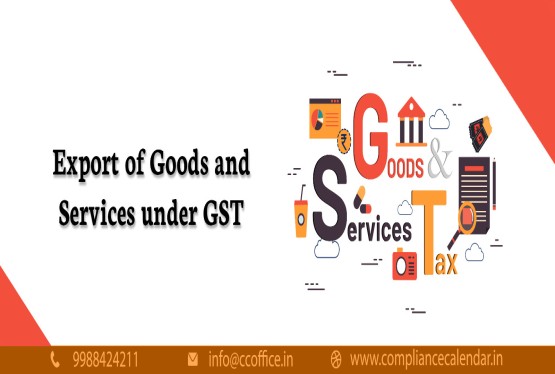













































_for_FY_2025-26_crop10_thumb.jpg)



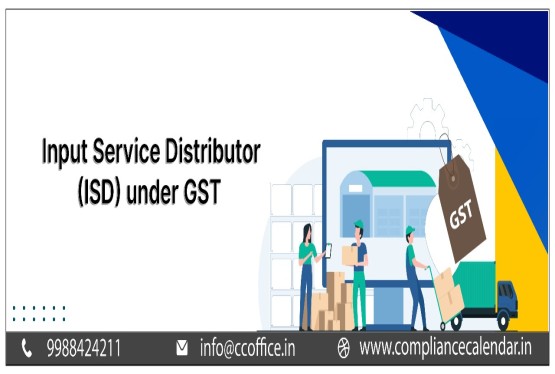








_learn_crop10_thumb.jpg)








_Filing_Due_Dates_for_FY_2024-25_learn_crop10_thumb.jpeg)


























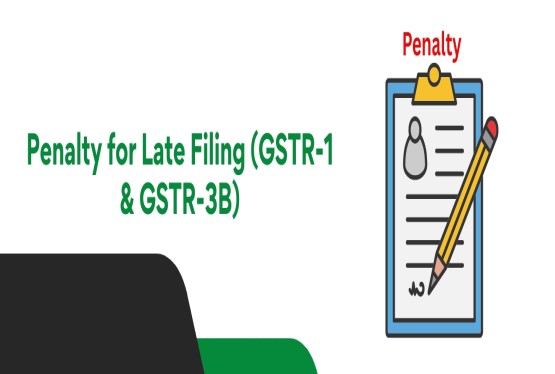











_of_GST_Act_learn_crop10_thumb.jpg)










_Under_GST_learn_crop10_thumb.jpg)









_crop10_thumb.jpg)


_crop10_thumb.jpg)






_learn_crop10_thumb.jpg)






















_of_the_Income_Tax_Act_learn_crop10_thumb.jpg)



_learn_crop10_thumb.jpg)






_learn_crop10_thumb.jpg)






_crop10_thumb.jpg)




















_in_The_Income_Tax_Act,_1961_learn_crop10_thumb.jpg)



_learn_crop10_thumb.jpg)



_of_the_Income_Tax_Act_learn_crop10_thumb.jpg)


_Of_Income_Tax_Act_learn_crop10_thumb.jpg)








_learn_crop10_thumb.jpg)








_learn_crop10_thumb.jpg)
_crop10_thumb.jpg)

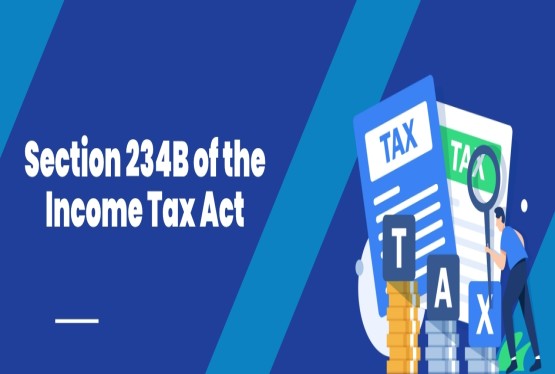




















_learn_crop10_thumb.jpg)
_for_Import_and_Export_learn_crop10_thumb.jpg)











